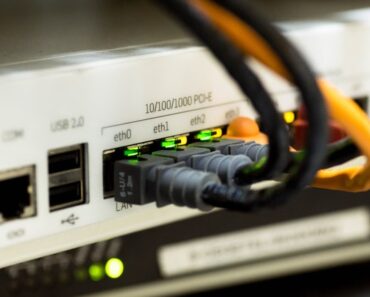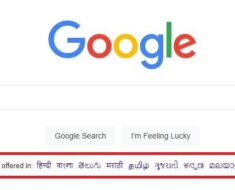In the new generation, everyone uses mobiles, and the call connects within a second.
We will discuss in this article the process of each and every call.
Mobile communication started with 1G
First-generation mobile network:
- It is called by different names such as AMPS, MTS, IMTS.
- 1st generation mobile network was first established in the 1980s.
- It supports voice services over limited ranges.
- It uses FDMA with analog modulation.
- The 1st generation mobile handset is bulkier and heavy with an antenna on the top of the mobile device.
Second-generation mobile network:
- GSM is a 2nd generation mobile network.
- The limitations of 1G are replaced by GSM.
- GSM is (Global system of mobile communication).
- First established in the year 1991 by European telecommunication.
- GSM supports both voice and data services.
- Uses TDMA, with digital modulations.
- Whereas 2G mobiles are of low cost and the size is less.
- GSM first developed the use of SIM cards.
- GSM specifications are:
Uplink, downlink, transfer rate, no of carriers, carrier separation, etc to carry the information in the signal. - GSM uses TDMA and GMSK digital modulation.
- GSM has a data speed of approx 14.4 kbps.
- It uses different frequency signal bands in different regions or locations.
- GSM frequency in India is 900 and 1800 MHz.
GSM architecture is the basic architecture in the mobile network.
pic source: pexels
Table of Contents
It consists of 4 subsystems
- Mobile station
- Base station subsystem
- Network switching subsystem
- Operation support subsystem
GSM architecture has the representation of all the subsystems present in it.
There is some component in the subsystem.
Mobile Station (MS)
It consists mainly of 2 components:
Mobile Equipment (ME):
- Subscribers use hardware to access the network.
- Which is identified by the IEMI number ( international mobile equipment identity).
Subscriber identity module (SIM):
- It is a removable smart card with consists of the IMSI (International mobile subscriber identity).
- It main use is to send and receive calls.
Base station subsystem (BSS)
It contains 2 components:
Base transceiver station (BTS)
- It sends and receives signals from the mobile station.
- It does many functions like encoding, modulation, encryption, and multiplexing.
Base station controller (BSC)
- It controls the group of BTS.
- The base station controller allocates radio channels.
- It handover from one BTS to another BTS.
Network switching sub-system
It consists of 5 components
Mobile switching center( MSC)
- The main component of the network switching subsystem.
- MSC is known as the heart of the GSM mobile network.
- It helps in the management of mobile services.
- Registration, authentication, etc.
- It performs call routing, call setup, and call switching.
- MSC also communicate with other components such as HLR, VLR, AUC, and EIR.
Home location register
- It is a master database that stores subscriber’s current location and information.
Visitor location register (VLR)
- It is a subset in the HLR that is mainly hold in the local database.
- In the local database, it stores the current new location in another domain.
- If the user lives in Delhi, then it is HLR and the HLR works here.
- If the user is visiting Kolkata, then it is his visiting network and VLR is working.
Equipment identity register (EIR)
- It is a database that contains the mobile handset information with the IEMI number.
- It marks IEMI invalids when the handset is stolen.
Authentication Center (AUC)
- It is a protected database that contains the IMSI number.
- Does authentication and encryption.
- Protects from different types of fraud in the network.
Operation support subsystem
- It connects to all equipment in the switching system.
- Used for administration and commercial operation.
- It performs security, operation, and performance management.
- Used for network configuration and maintenance tasks.
- The mobile station sends a signal to the base station sub-system through an interface.
- BSS routes the call in-network sub-system which various tasks.
- BSS and NSS support OSS.
- Finally, the signal from NSS is sent to an external wired network.
- like PSDN, ISDN, etc.
The GSM call system can be explained as
- The user calls some number with handset ie MS.
- The mobile tower called BTS receives the signal.
- The call is routed to BSC for allocating radio channels.
- The call reaches MSC for tracking location and other checks.
- Lastly signal reaches the telephone network ie the PSTN and ISDN.
- On the receiver side, the signal transmits in the reverse direction.
![]()




